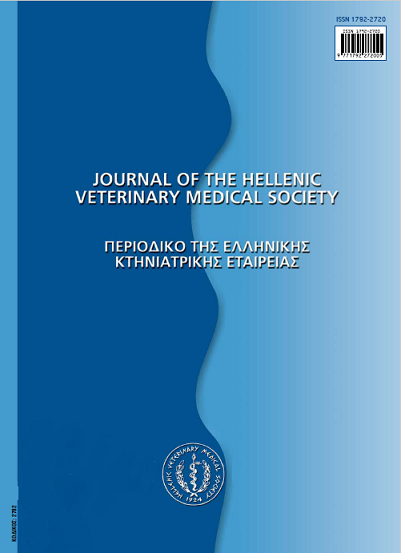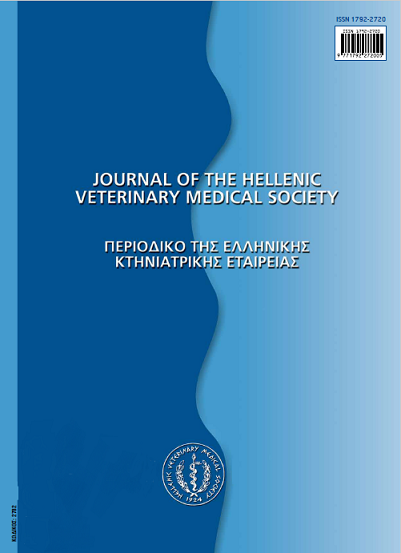Rotavirus infections in domestic animals
Abstract
Rotaviruses are major enteric pathogens of humans and a wide variety of animals. Rotavirus infections have a worldwide prevalence. The viral genome is composed of 11 double-stranded RNA segments with six structural and five or six non-structural proteins. Over 35,000 strains have been identified and classified into five main (A, B, C, D, E) and three additional tentative (F, G, H) serotype groups. A binary classification system has been proposed defining ‘G’ or ‘P’ types, with at least 27 G and 35 P genotypes reported thusfar. The virus is transmitted primarily by the faecal-oral and oral routes. After attachment, entry into the host cells occurs through direct entry, fusion or endocytosis. Main mechanisms of Rotavirus-induced diarrhoea involve extensive enterocyte losses and nutrient disdigestion and malabsorption. Clinical features of Rotavirus infections range from asymptomatic infections to fulminant disease leading to rapid death.
In calves, lambs and kids, piglets and foals, salient sign of the disease is diarrhoea; diarrhoeic faeces are white, yellow or, in severe cases, blood-tinted or frank haemorrhagic. In dogs and cats, the infection occurs usually as self-limiting diarrhoea. Avian Rotavirus infections are characterized by enteritis, growth depression and/or growth retardation. Definitive diagnosis of the infection can only be achieved by laboratory tests, including electron microscopic examination, immunohistochemical examination, immunofluorescence, ELISA, latex agglutination and molecular techniques. There is no specific treatment against Rotavirus infections. Treatment is based in providing supportive care and managing clinical signs and potential complications. Effective vaccines, containing inactivated, recombinant or attenuated strains of the virus, are available. Challenge studies have shown the ease of the virus in cross-infecting various animal species; animal strains of the virus may cross species and infect humans. Due to the ability of the virus to overcome species barriers, animal strains may act as natural source of viral genomes, promoting mutations and creating new viral genotypes, whose virulence cannot be predictable.
Article Details
- Come citare
-
CHATZOPOULOS (Δ.Χ. ΧΑΤΖΟΠΟΥΛΟΣ) D. C., ATHANASIOU (Λ.Β. ΑΘΑΝΑΣΙΟΥ) L. V., SPYROU (Β. ΣΠΥΡΟΥ) V., FTHENAKIS (Γ.Χ. ΦΘΕΝΑΚΗΣ) G. C., & BILLINIS (Χ. ΜΠΙΛΛΙΝΗΣ) C. (2017). Rotavirus infections in domestic animals. Journal of the Hellenic Veterinary Medical Society, 64(2), 145–160. https://doi.org/10.12681/jhvms.15489
- Fascicolo
- V. 64 N. 2 (2013)
- Sezione
- Review Articles
Authors who publish with this journal agree to the following terms:
· Authors retain copyright and grant the journal right of first publication with the work simultaneously licensed under a Creative Commons Attribution Non-Commercial License that allows others to share the work with an acknowledgement of the work's authorship and initial publication in this journal.
· Authors are able to enter into separate, additional contractual arrangements for the non-exclusive distribution of the journal's published version of the work (e.g. post it to an institutional repository or publish it in a book), with an acknowledgement of its initial publication in this journal.
· Authors are permitted and encouraged to post their work online (preferably in institutional repositories or on their website) prior to and during the submission process, as it can lead to productive exchanges, as well as earlier and greater citation of published work.












